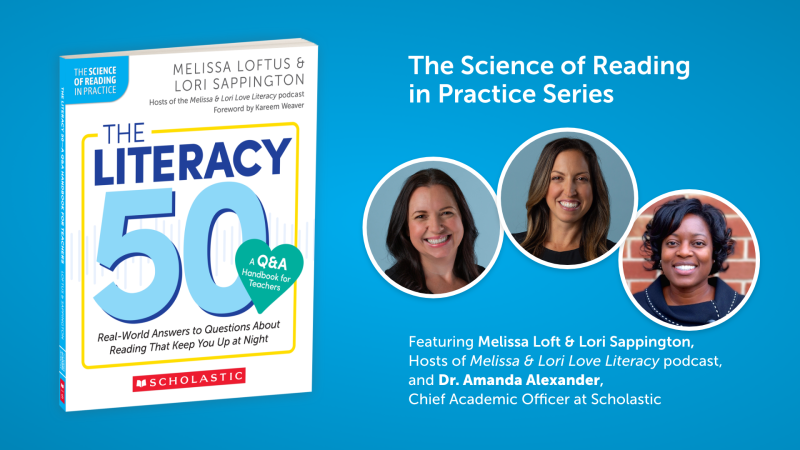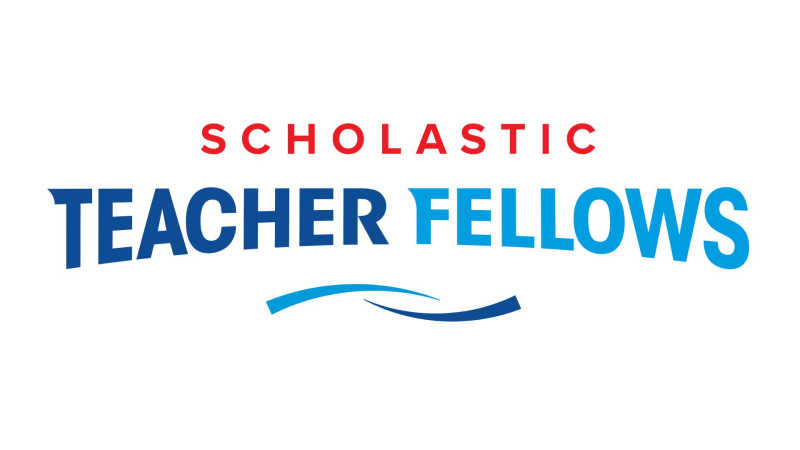 As you probably know by now, NASA Astronaut Leland Melvin is a part of our Summer Reading Challenge team. He's recorded special video for kids about the importance of reading over the summer, and you'll see him a lot on the Challenge website (every time a costellation is unlocked, he'll share a fun fact and a congratualtory message.)
As you probably know by now, NASA Astronaut Leland Melvin is a part of our Summer Reading Challenge team. He's recorded special video for kids about the importance of reading over the summer, and you'll see him a lot on the Challenge website (every time a costellation is unlocked, he'll share a fun fact and a congratualtory message.)
I'm so excited to share a new interview in Scholastic'sScience World that features Leland. The questions—and Leland's answers—are so fantastic. You must share with a kid in your life! Enjoy.
***********
Leland Melvin took a unique path to becoming an astronaut. A star football player in college, he was drafted by the National Football League’s Detroit Lions in 1986. Unfortunately, his football career was ended by an injury before he could play a single game.
But Melvin had an out-of-this-world backup plan. He returned to school to study chemistry and then began working as an engineer for NASA. In 1998, he was one of 25 people picked from a pool of 2,500 applicants to train to become an astronaut. Melvin traveled to space twice, in 2008 and 2009, on the space shuttle Atlantis, conducting research aboard the International Space Station.
Now Melvin works to educate teachers and students about NASA’s space program. That’s why he recently teamed up with Scholastic to talk about Scholastic’s Summer Reading Challenge: Reading Under the Stars. Readers who participate in the program can log their daily reading time online. The more you read, the more space-themed challenges and constellation facts you can unlock. The challenge kicks off this week!
When Leland stopped by Scholastic’s New York City office last month, some other editors and I got a chance to ask him about what it’s like being an astronaut.
Where did your path to becoming an astronaut begin?
My mom gave me a chemistry set when I was a kid, and I created this massive explosion in her living room. It made a hole in the carpet. That was the moment when I said, “I want to be a chemistry major!” I also liked sports. So those two things led me toward this massively team-oriented science career.
What was your proudest moment in space?
On my first flight, Dr. Peggy Whitson, the first female commander of the International Space Station, asked us to come over for dinner. We were eating with Russians and Germans—people our country used to fight against—and the first female commander. We were breaking bread at 17,500 miles per hour. That’s when I felt the most proud, because I was contributing to this group of people who were advancing our civilization in such a positive way.
What was the most fun experience you had in space?
There’s a video on Youtube of me creating a big water bubble floating in space and other astronauts throwing M&Ms into it. I slurped down the water plus all the M&Ms inside. We also had a game where you curl up in a ball and somebody bowls you and knocks down the other astronauts. Bowling for astronauts.
What advice would you give to young people interested in becoming an astronaut?
Be very curious and inquisitive. Learn languages. Work in teams. Eat your green beans. You gotta be healthy in space. Physical fitness is very important because we don’t always know what the effects will be on your body. And don’t forget to have fun.
Jonathan Leibson / WireImage / Getty Images






